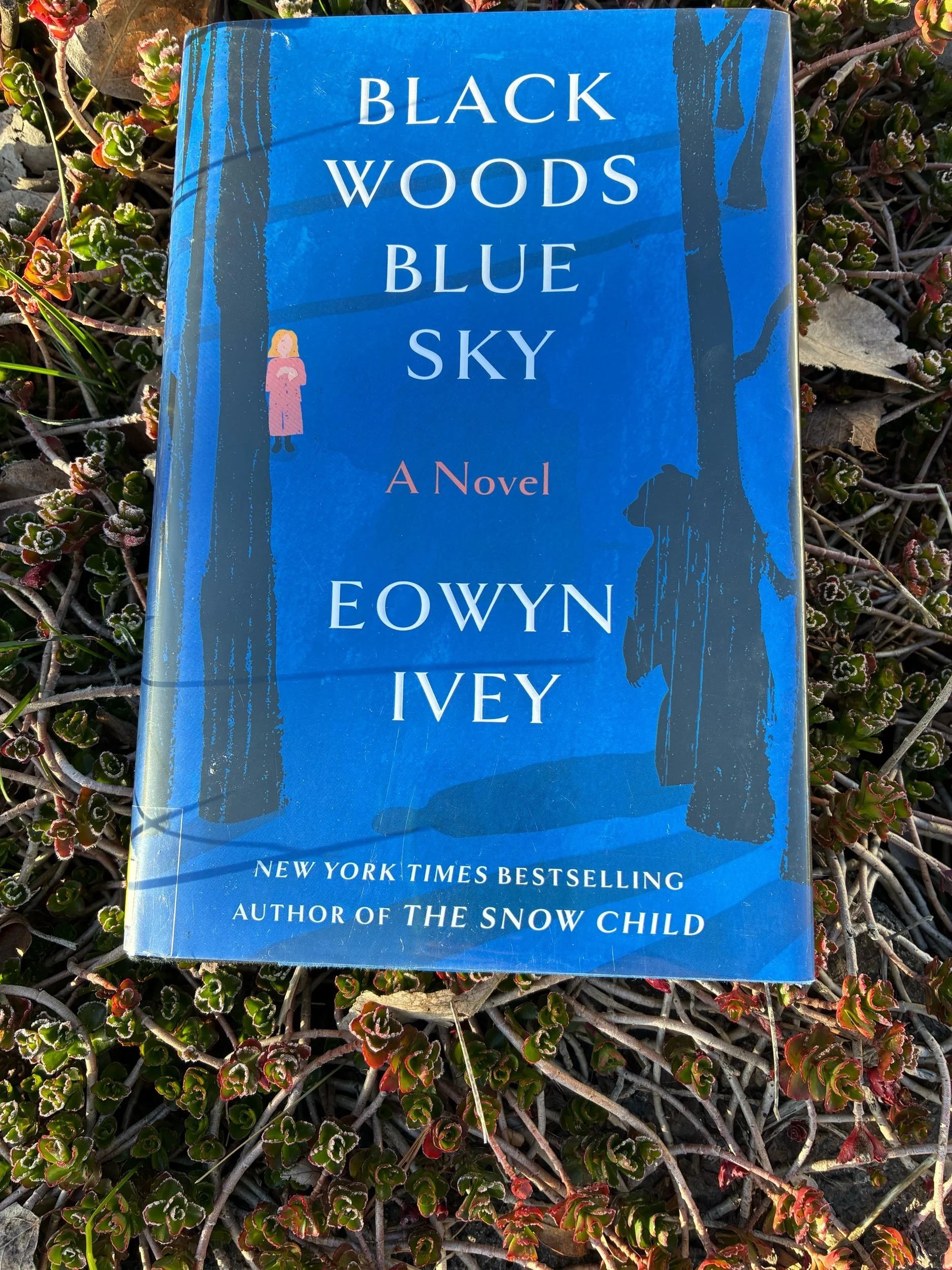The Snow Child
Eowyn Ivey’s The Snow Child (2012) brings a Russian fairy tale to life amidst the backdrop of the Alaskan wilderness. The novel begins in the 1920s when Mabel and Jack, recently transplanted from their native Pennsylvania, face their second winter on their Alaskan homestead. It quickly becomes apparent that the choice to leave the comforts of agricultural Pennsylvania and family support is a complicated one for both Mabel and her husband Jack, and one with many consequences. Alaska seems to offer them both the wide-open space to start again after the brutal disappointments of their childless marriage of nearly twenty years.
Alongside the psychological realism through which Ivey develops both Mabel and Jack’s characters, her novel weaves a Russian fairy tale through the grim realities of life on an Alaskan homestead. Mabel and Jack find hope and rejuvenated connection in an unexpected way when a child appears one day who comes and goes from the wilderness. This novel exists between magic and realism, as the reader tries to make sense of who the girl child is and from whence she has come (just as Mabel and Jack do). Ivey toys with her characters and readers while investigating the nature of belief and the mystery of human connection and family.
The novel is one-part fairy-tale, another part coming-of-age narrative as Faina, the wild girl, matures and reaches adulthood. It is also the story of an unlikely family living in a beautiful, albeit harsh place: “It [the Alaskan landscape] was beautiful, Mabel knew, but it was a beauty that ripped you open and scoured you clean so that you were left helpless and exposed, if you lived at all” (9). Mabel and Jack attempt to maneuver the space of parents to a child of mysterious origins who comes and goes like an animal barely tamed. Like its harsh and beautiful setting, The Snow Child is at once lovely and bewildering, and tinged with sadness as well as hope.
I found my way to this book because it was my book club’s December read, and I liked it, particularly as a winter read. If you are drawn to novels that blur the lines between reality and fairy tales, that explore human loss and isolation alongside beautiful natural settings, or that challenge the reader to keep reading even when things seem unclear, this book is likely your kind of read. Having grown up, for a number of years, not far from Palmer, AK (where Ivey lives), I particularly enjoyed Ivey’s descriptions of Alaska and its wildlife, as well as the eccentric lives of its early homesteaders. The Snow Child is a creative and entertaining read, especially for a snowy, winter’s evening.
A Few Great Passages:
“All her life she had believed in something more, in the mystery that shape-shifted at the edge of her senses. It was the flutter of moth wings on glass and the promise of river nymphs in the dappled creek beds” (5).
“It was fantastical and impossible, but Mabel knew it was true—she and had formed her of snow and birch boughs and frosty wild grass. The truth awed her. Not only was the child a miracle, but she was their creation. Once does not create a life and then abandon it to the wilderness” (87).
“You did not have to understand miracles to believe in them, and in fact Mabel had come to suspect the opposite. To believe, perhaps you had to cease looking for explanation and instead hold the little thing in your hands as long as you were able before it slipped like water between your fingers” (204).
Bibliography:
Ivey, Eowyn. The Snow Child. Reagan Arthur/Back Bay Books: New York, 2012.






